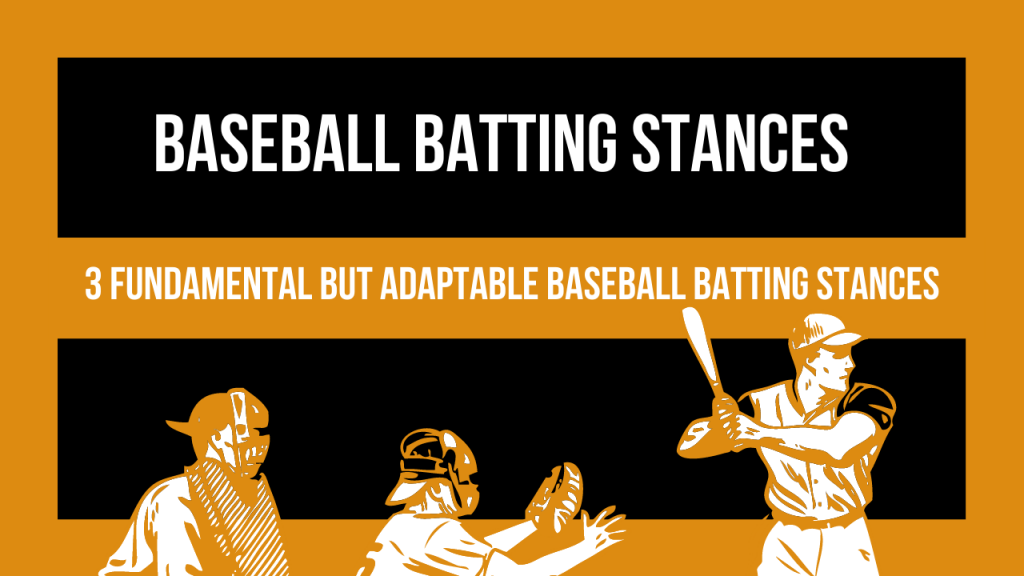The mechanics of hitting are more complex than they may seem at first.
There are a variety of different movements and techniques coming together to make the perfect swing. One of the most important fundamentals to focus on within hitting practice – is a hitters batting stance.

Now, every single player has a unique body position that they’ve customized and tweaked over time to suit their style and body type.
Some hitters stand with a significantly wider stance than others whilst some hitters stand more upright.
This all comes down to what feels good (which includes using a bat the hitter feels comfortable with) for the individual to get the most out of their swing.
Whilst all hitters have a unique style, we can narrow down stances to three different types that every player utilizes, each of which then gets adjusted by the player.
A different stance can have its pros and cons and be used to achieve different results. What may be advantageous to one hitter, might not work as well for another
Some stances may be more effective for generating power, whilst others may be better suited for encouraging accuracy.
Overall, however, if you’re looking to improve your batting average then dialing in your stance to what suites YOU – is one of the fastest ways to achieve that.
Square, Open And Closed Batting Stances
We can categorize the three most common stances as square, open and closed.
In this guide, we’ll take a look at each one and its advantages and disadvantages.
Square Batting Stance
The majority of players starting out in baseball tend to go with a square stance making it the most typical stance you’re likely to see in a match.
Most hitters begin with a square stance and then adapt their style from here.
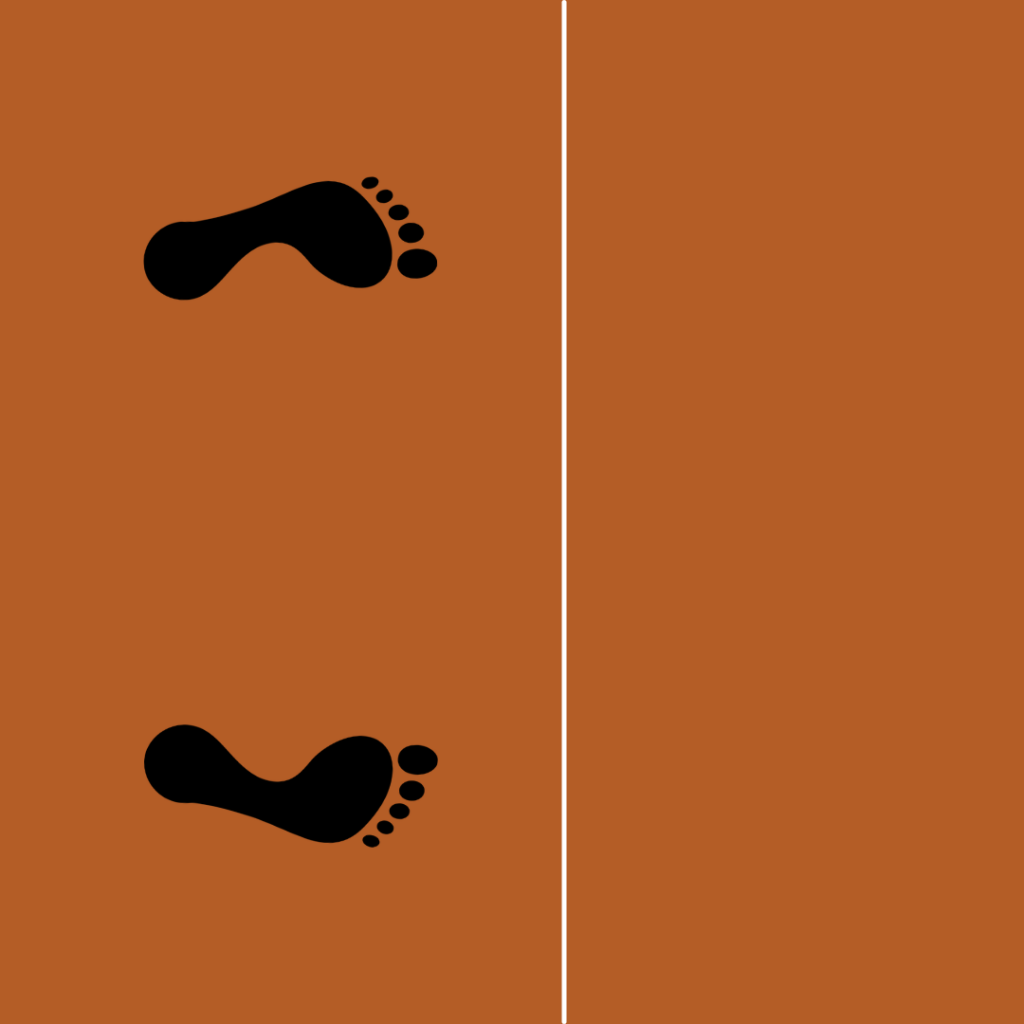
In an ideal world, most hitters would want to adopt a square stance as it enables you to hit most pitch types and places your upper body in a safe swinging position but, that being said, a square stance isn’t for everyone.
To adopt a square stance, a hitter needs to place their feet in line with the batter’s box.
This will actively engage a ‘square’ body position with the leading shoulder facing the pitcher.
Open Batting Stance
An open batting stance is when your rear foot is closer to the home plate than your leading foot which ‘opens’ your body up to the pitcher.
This stance shows the pitcher more of your chest effectively allowing you to increase your vision by turning your head more.
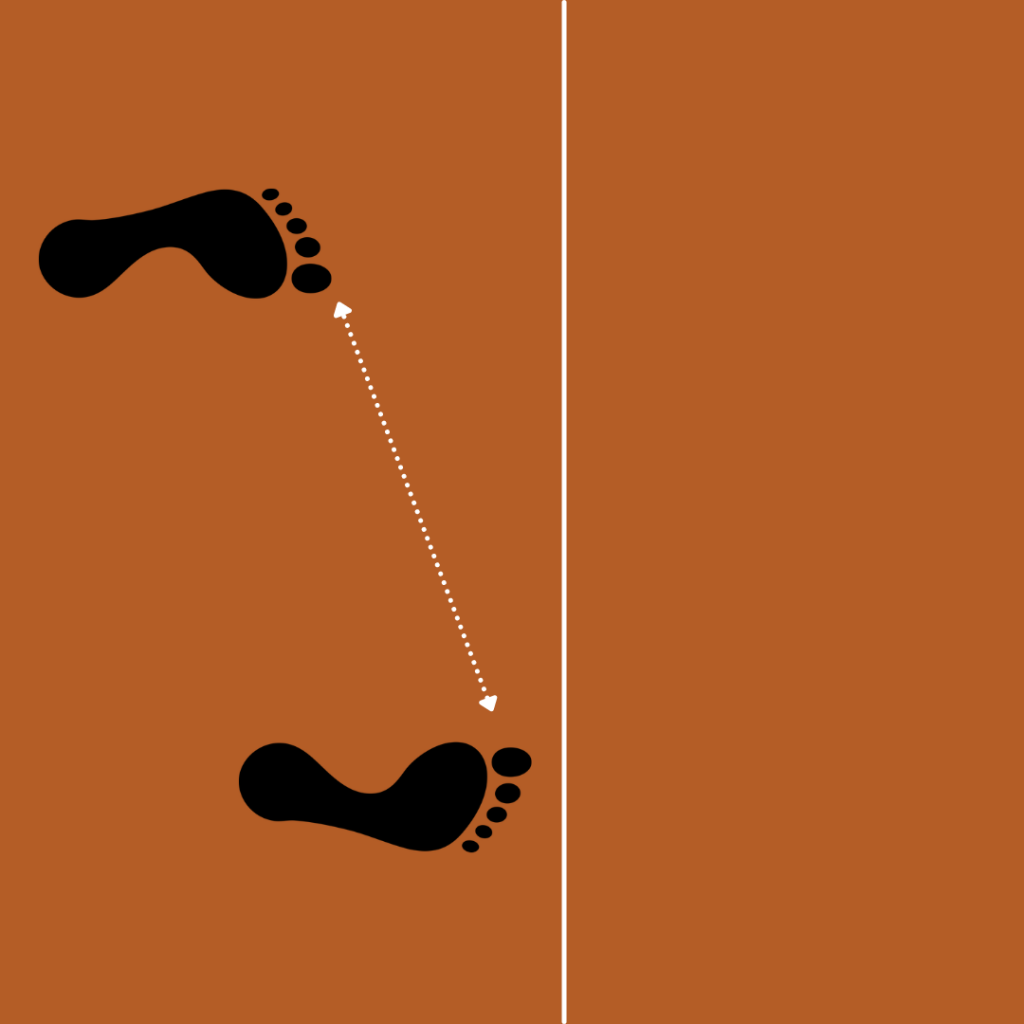
This is particularly useful for people who struggle to see the ball well in a square stance.
One issue with an open stance is that hitters will need to re-adjust their stance to hit certain pitches.
This is because an open stance leaves hitters more vulnerable to outside pitches. Therefore, it’s important to return to a square stance before swinging at the ball.
Closed Stance
A closed stance allows hitters to ‘close off’ their body to the pitcher. This is achieved by retracting the back foot slightly from the batter’s box.
A good way to measure a closed stance is to place your back foot in line with the center of the leading foot.
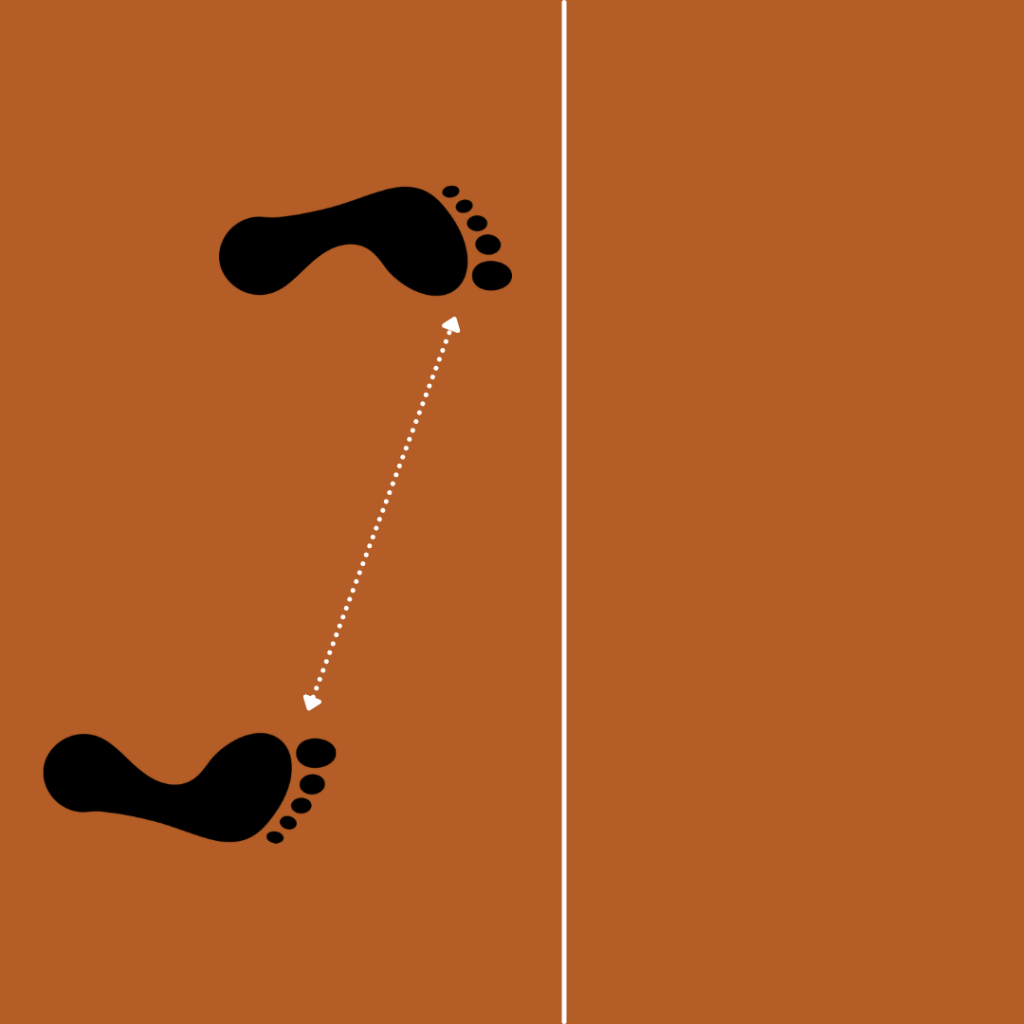
By closing their body, the hitter is essentially increasing the degrees of rotation that they need to increase their bat speed and to achieve a more powerful strike so it’s not an ideal stance for hitters who experience difficulty with over-rotation or who have struggled with swing-related injuries in the past.
How to Find Your Natural Batting Stance
If you’re struggling to find your natural batting stance, you’re not alone.
Finding the most natural position can take time and for a lot of players, it takes time to discover what works best to generate the most powerful and effective swing.
Finding your natural stance will require an active posture – in other words bringing some athleticism to your posture.
It’s important that you’re not standing with a rigid, upright body position. You’ll need to bend your knees to a position of comfort and stability and tuck them in slightly to generate and transfer more energy from your legs.
A fundamental part of your hitting stance is creating a body position that promotes a good swing plane – that’s the trajectory of your swing.
To do this you’ll need to make sure you’re not standing too upright or too open. Lean into the stance to create an effective axis for your body to swing around in order to promote a good swing plane.
5 Tips to Improve Your Baseball Stance
Now we’ve looked at different types of stances and the best ways o find your natural stance, let’s run down a few tips that will really help you start crushing some baseballs.
#1) Balance
You’re going to need to find an evenly balanced position that means you’re going to be comfortable when swinging and also in a stance that allows you to generate optimum power.
To do this, you’ll have to play around with the width of your stance.

Try a wide stance and a shallow stance at the tee and adjust your feet accordingly until you find the best position for you.
For most players, having your feet slightly wider than your shoulders is a well-balanced stance, but it’s not applicable to everybody.
#2) Bend your knees
One of the key aspects of an efficient hit is generating power from the ground and your lower body.
By bending your knees, you’ll be able to naturally and effortlessly increase your power output and encourage a good trajectory.
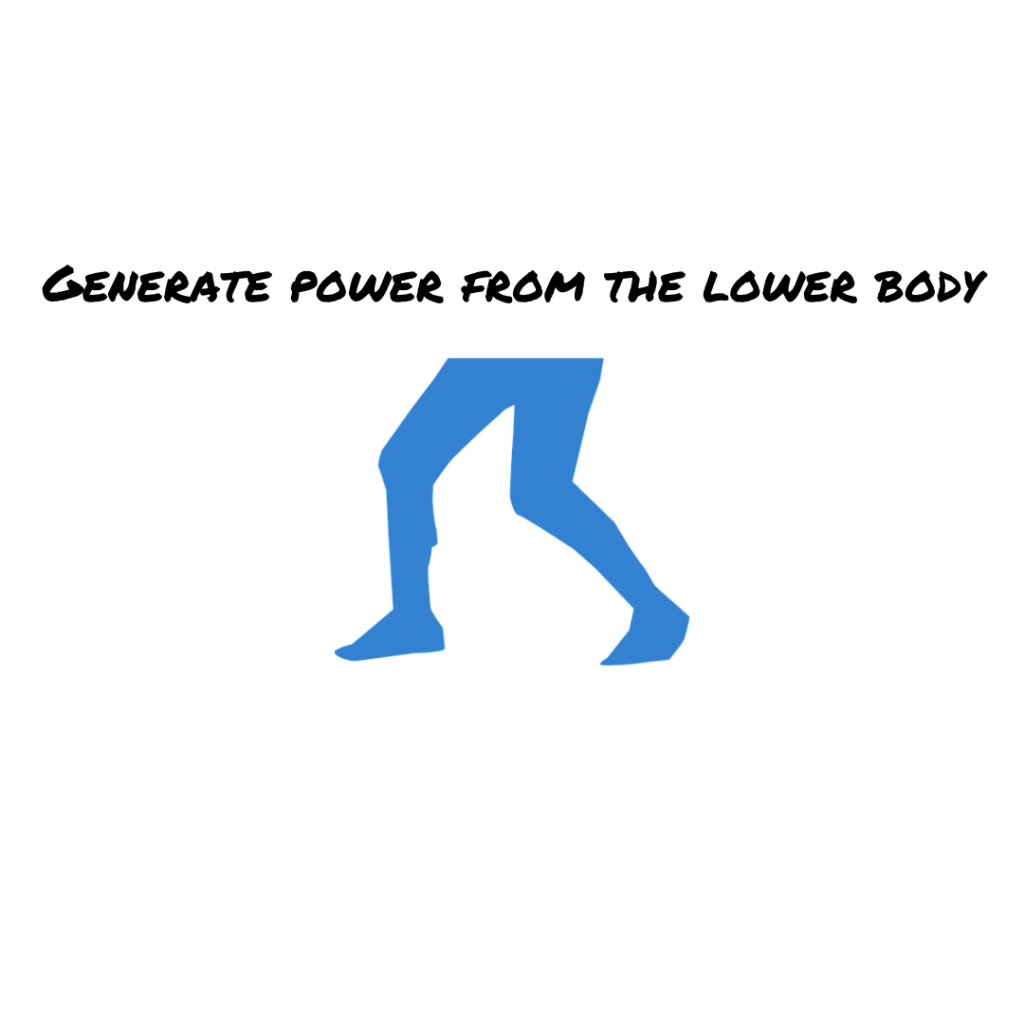
#3) Line of vision
To hit successfully and consistently you’ll need to employ a stance that allows you to keep your eye n the ball.
If your stance is in any way impairing your ability to see the pitcher with both eyes, you’ll need to adapt it.
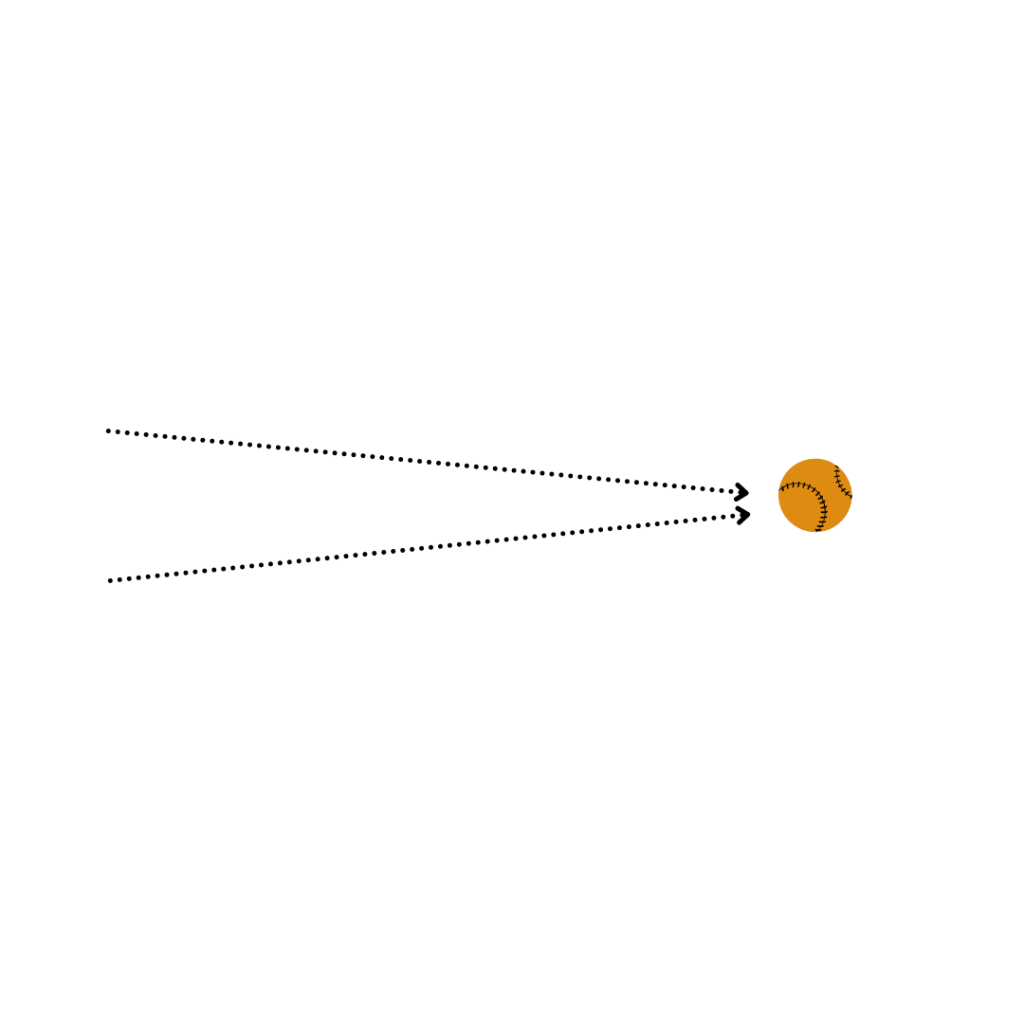
#4) Connect your lower and upper body
It’s important to remember that hitting isn’t just about your arms – power needs to be generated using the whole of your body from your feet, ankles, knees, quads, waist, and right up to your head and shoulders.
It’s a movement that should incorporate the whole of your body so your legs need to be linked in with your torso.
An effective way of connecting the lower and upper body is by bending slightly at the waist and leaning into your stance to create a solid axis.
#5) Hands back
Keep your hands positioned near your back shoulder as this will provide much more space to swing the bat into and generate more power.
You can practice this by hitting off a tee into a re-enforced net and see how different hand positions affect the power output of your swing.
